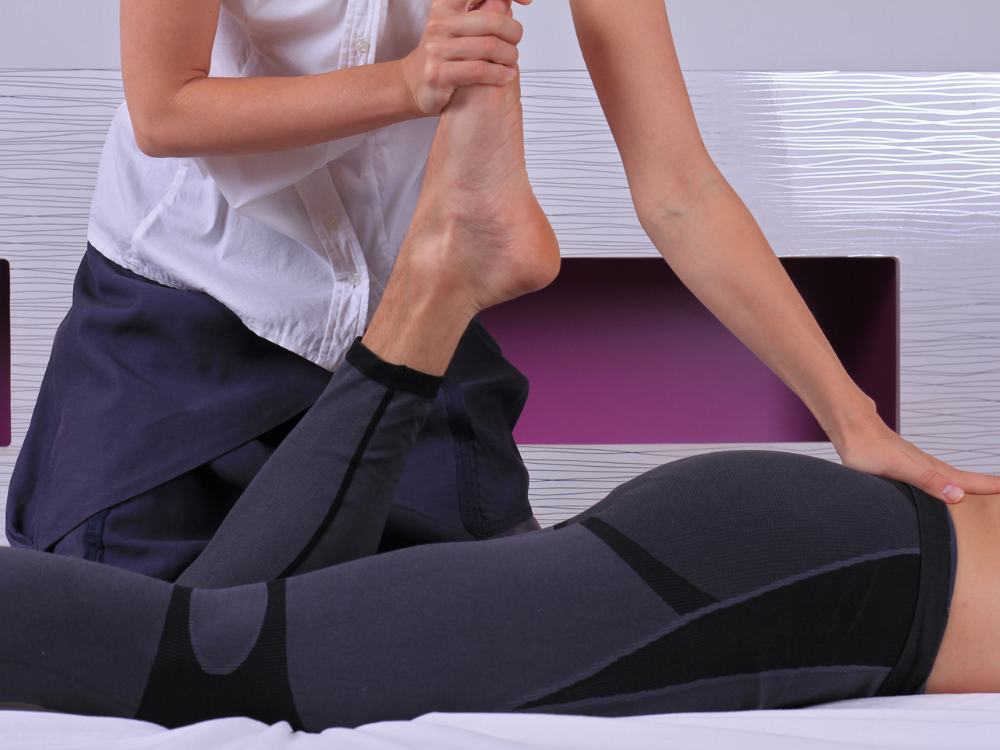Osteopathy is a form of manual therapy that focuses on the musculoskeletal, visceral, circulatory and neurological system and aims to restore function to the body. It was founded by Andrew Taylor Still in the late 1800s as an alternative to conventional medicine. Osteopathy is based on the principle that the body is a unit and that structure and function are interrelated.
Osteopathic physicians use palpation, anatomy, and physiology to diagnose and treat patients.
They believe that the body has the ability to self-heal and that osteopathic treatments can promote this process. It is a patient-centered approach that takes into account the whole person, rather than just the symptoms they are experiencing.
How Osteopathy Can Address the Underlying Causes of Chronic Pain
Osteopathy is a holistic approach to healthcare that focuses on the relationship between the body’s structure and its function. Osteopathic physicians use their hands to diagnose and treat every system in the body, which includes the bones, muscles, joints, internal organs and the nervous system. By manipulating these structures, osteopathy can help to improve circulation, reduce inflammation, and promote self-healing.
When it comes to chronic pain, osteopathy can be particularly effective because it addresses the underlying causes of the pain, rather than just treating the symptoms. By identifying and correcting imbalances in the musculoskeletal system, osteopathic physicians can help patients to achieve long-term relief from chronic pain.
Techniques Used in Osteopathy
Osteopathic physicians use a variety of techniques to manipulate the different systems in the body. These techniques include soft tissue manipulation, joint mobilization, stretching and visceral manipulation.
- Soft tissue manipulation involves using the hands to apply pressure to the muscles and other soft tissues of the body. This can help to increase circulation and reduce inflammation.
- Joint mobilization involves gently moving the joints through their full range of motion. This can help to improve joint function and reduce pain.
- Visceral manipulation involves applying gentle pressure to the internal organs such as stomach, bowel, reproductive system (etc.). These techniques help reduce symptoms such as gastric reflux and bowel dysfunctions and, by releasing tensions of the organ itself and of the ligaments that connect it to the other structures, help reduce chronic musculoskeletal pain.
Chronic Pain Conditions That Can Be Treated with Osteopathy
Osteopathy can be used to treat a wide range of chronic pain conditions, including back pain, neck pain, headaches and visceral pain. By identifying and correcting imbalances in the body systems, osteopathic physicians can help patients achieve long-term relief from these conditions.
- Back pain is one of the most common conditions treated with osteopathy. By manipulating the spine and other structures of the body, osteopathic physicians can help to reduce pain and improve function.
- Neck pain is another condition that can be effectively treated with osteopathy. By manipulating the neck and other structures of the body, osteopathic physicians can help reduce pain and improve range of motion.
- Headaches are another condition that can be treated with osteopathy. By identifying and correcting imbalances in the body, osteopathic physicians can help to reduce tension in the muscles of the head and neck, which can help to reduce the frequency and intensity of headaches.
- Visceral pain is a condition that often affects patients, especially with chronic pain. By rebalancing the tension in the abdomen and in the whole body, osteopathic physicians can help reduce symptoms such as gastritis, acid reflux, IBS, bowel dysfunctions, menstrual pain, breathing issues and more.
Overall, osteopathy is a safe and effective treatment option for chronic pain. By focusing on the relationship between the body’s structure and its function, osteopathic physicians can help patients achieve long-term relief from chronic pain conditions.

The Benefits of Osteopathy for Chronic Pain
Osteopathy is a form of complementary medicine that focuses on the person as a whole unit. It is a non-invasive and drug-free approach that aims to improve the body’s natural healing abilities. Osteopathy has been found to be effective in treating chronic pain, which is pain that lasts for more than three months.
One of the main advantages of osteopathy over other forms of pain management is that it is non-invasive. This means that it does not involve any surgical procedures or the use of medication. Osteopathy uses manual techniques such as massage, stretching, and manipulation to relieve pain and improve mobility.
Another advantage of osteopathy is that it takes into account the whole person, not just the area of pain. Osteopaths consider factors such as posture, lifestyle, and emotional well-being when developing a treatment plan. This approach can help address the underlying causes of pain, rather than just treating the symptoms.
How Osteopathy Can Improve Overall Health and Well-Being
Osteopathy can improve overall health and well-being in several ways. By improving the function of the musculoskeletal system, osteopathy can help reduce the risk of injury and improve mobility. This can lead to a more active lifestyle, which can have a positive impact on physical and mental health.
Osteopathy can also help reduce stress and promote relaxation. By releasing tension in the muscles and improving circulation, osteopathy can help the body relax and reduce feelings of stress and anxiety.
In addition, osteopathy can help improve sleep quality. By reducing pain and tension in the body, osteopathy can help improve sleep patterns and promote better rest.
If you’re looking for Osteopathic care in Vancouver, come visit the team at Reformotiv Physio + Pilates.
Sources:
How We Reviewed This Article:
This article was written and reviewed by Martina Bagnoli, an Osteopath here at Reformotiv. Our team is continually learning and monitoring the health and wellness industry to keep informed.

